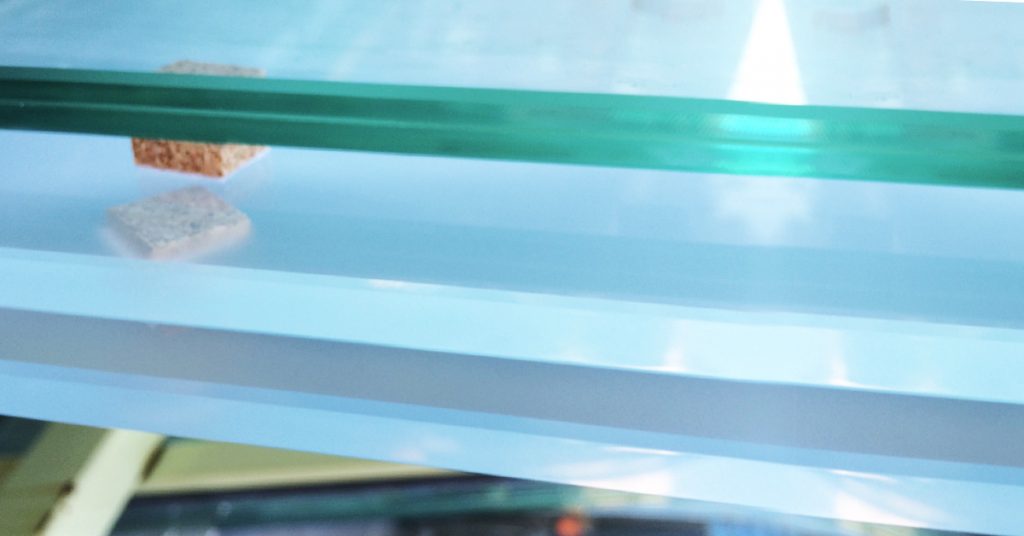 ×
×

The product commonly known as “clear glass” is not technically the clearest variety available. That title goes to low-iron glass, sometimes known as Starphire brand. While clear glass doesn’t have a considerably high amount of iron in its composition, it does have 10 times more iron content than low-iron glass, which gives it a greenish tint. That tint becomes even more visible in thicker sizes of glass. In fact, it can make the glass hazy and reduce the amount of light that penetrates due to its chemical makeup. This improved performance translates to an increased cost of 2-4 times when compared to clear glass depending on thickness.
Low-iron glass is made from low-iron silica sand. This glass is more transparent and can increase light penetration by 5%-6% when compared to standard clear glass. Starphire provides maximum brightness and higher visibility. Thanks to its high clarity and color neutrality properties, low-iron glass is typically used in solar applications, aquariums and display industries. It is also the go-to option for high-end office spaces that require day-lighting solutions to assist in productivity, employee morale, and energy efficiencies.
Another difference between these two types of glass becomes apparent in back-painted applications for decorative purposes; clear glass complicates an exact color match because of its green hue. Starphire is an ideal option for signage, office walls and doors, retail shelving and countertops, corporate tabletops, reception desk counters and even wall dividers. Choosing between clear glass and low-iron glass will ultimately depend upon your budget as related to the intended use.